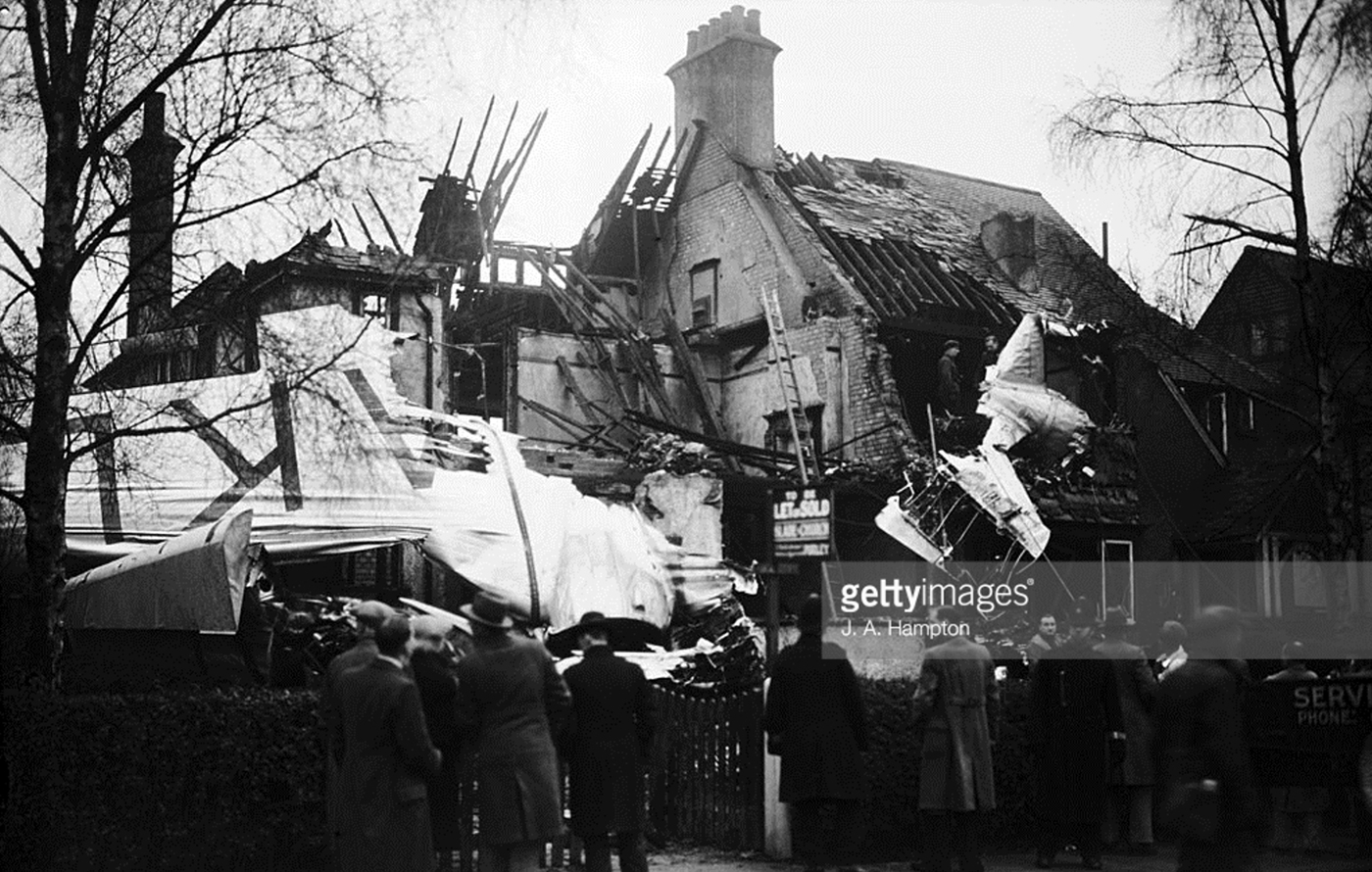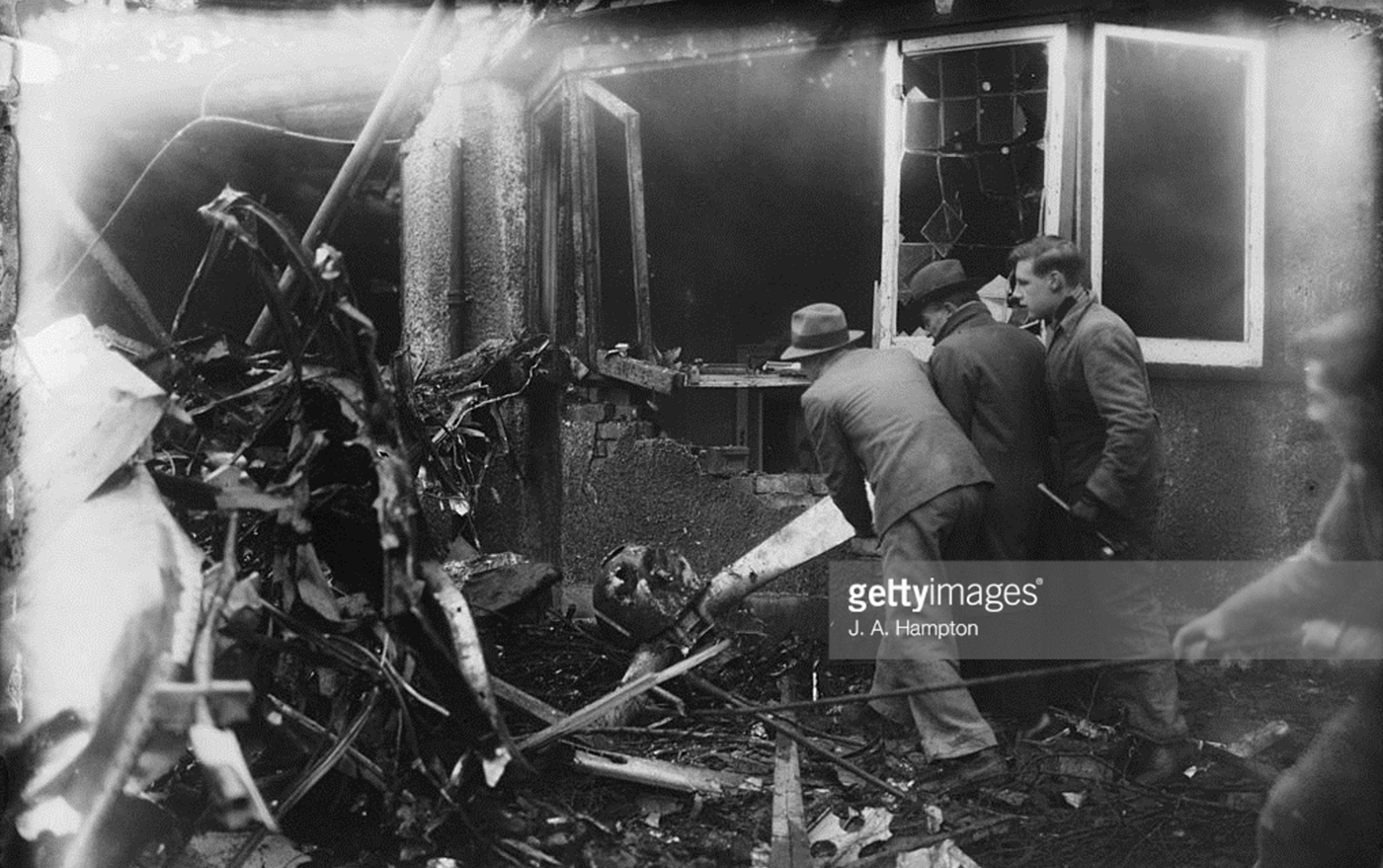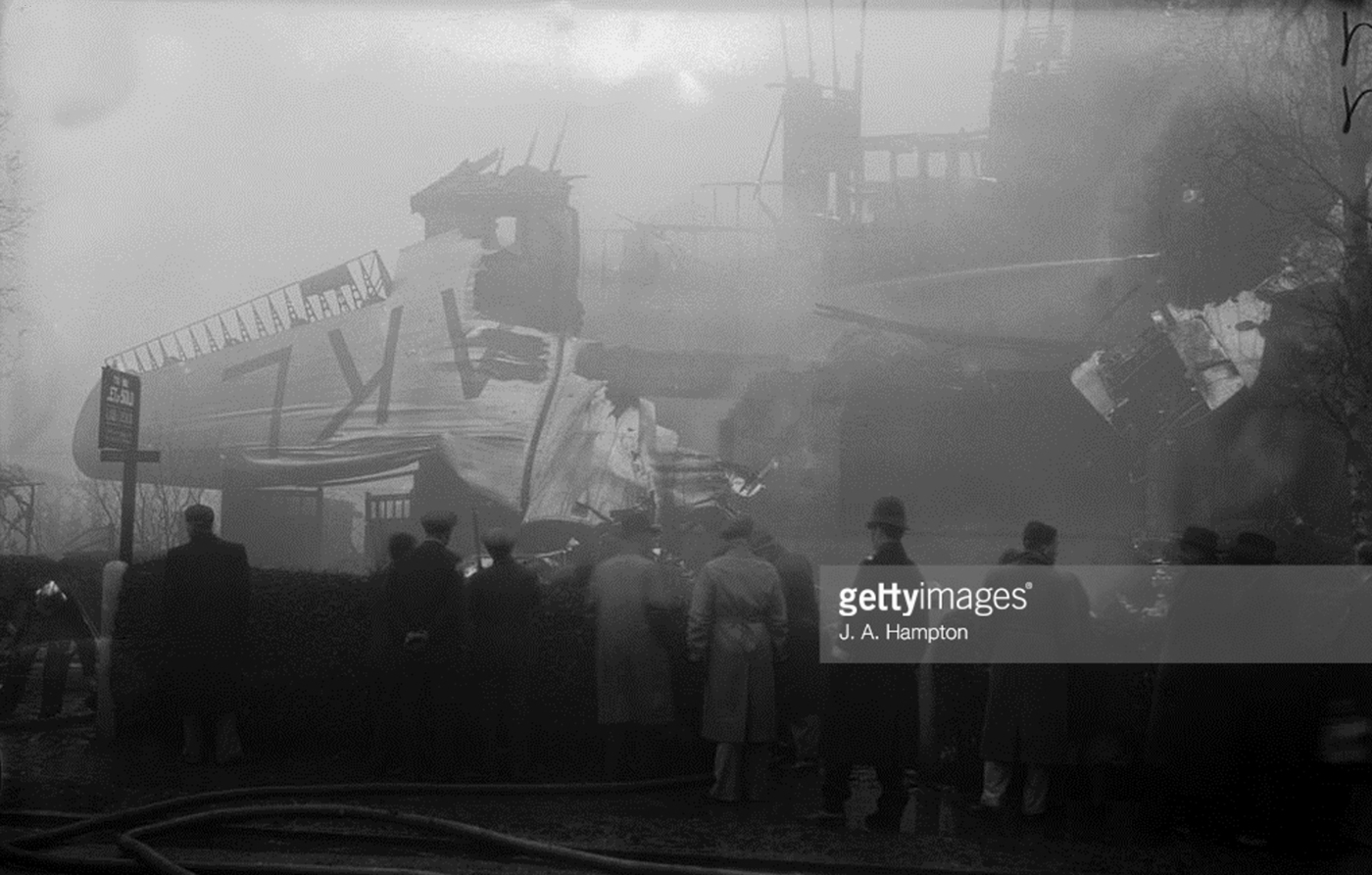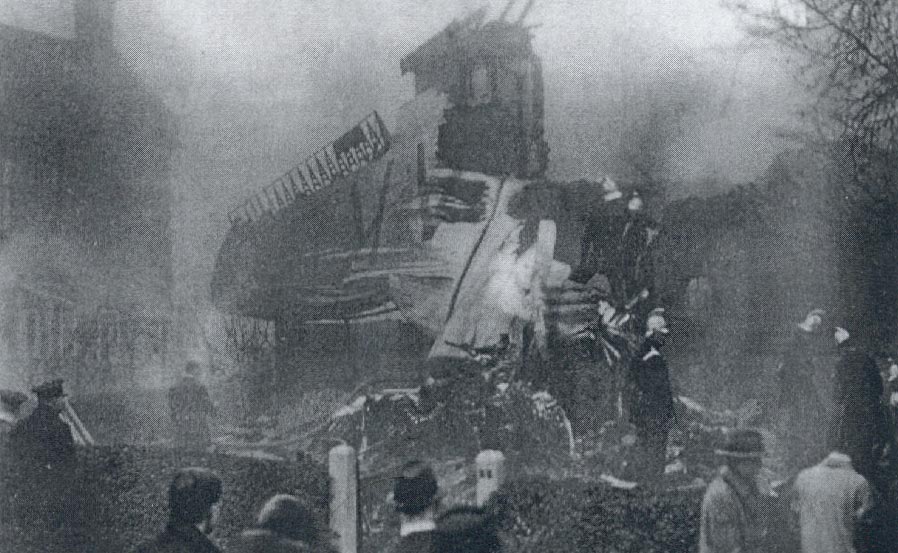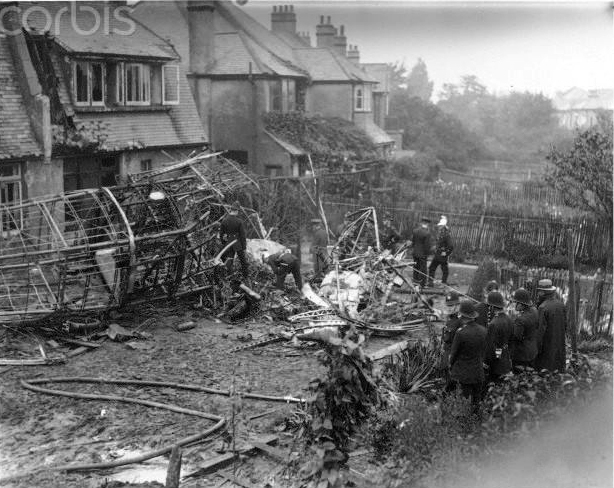Crash of a General Aircraft ST-4 Monospar II in Croydon
Date & Time:
Dec 13, 1937
Registration:
G-ACEW
Survivors:
Yes
Schedule:
Paris - Croydon
MSN:
11
YOM:
1933
Crew on board:
1
Crew fatalities:
Pax on board:
0
Pax fatalities:
Other fatalities:
Total fatalities:
0
Circumstances:
Just prior to land at Croydon Airport following a cargo flight from Paris-Le Bourget, the airplane was caught by downdrafts and impacted ground. It overturned and came to rest upside down. The pilot escaped uninjured.
Probable cause:
Loss of control on short final due to strong downdrafts.








